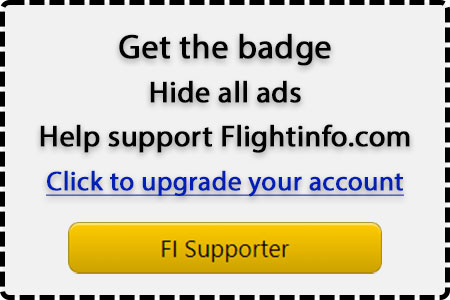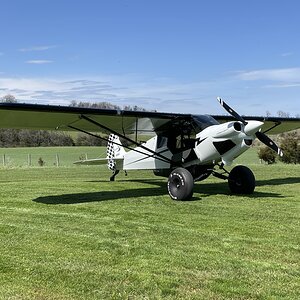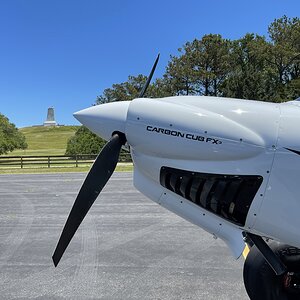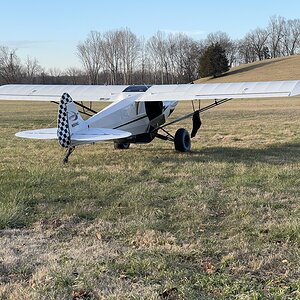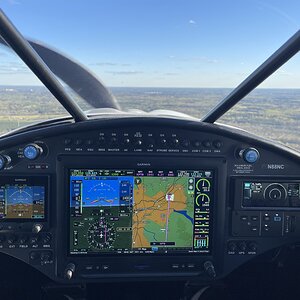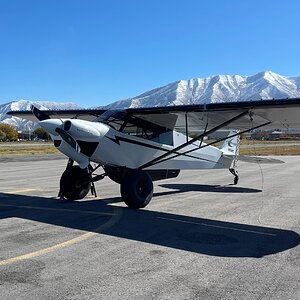The_Russian said:If A Squared had the capacity to teach instead of insult, then he would have added constructive statements. Such as, "Russian, nice post. But I would like to add a few tidbits of info".
It's just a person's way, of making them feel above the rest. Someone might have a solid background in physics; while another has mastered the art of language, and will forever use words that make little sense to the common man.
Yet, in both instances, these two people can be brought to their knees, should a third person be very learned in a subject these two are faintly familiar with. It can make them feel like asses, if the subject isn't changed.
But that's how it works! Speak with total authority on a subject you know, or can look up; and then remain silent on all those many other wonders of the world that will make you consistently look like a fool.
And P.S. --- I used spell check. Missed one word, but didn't want to look too stupid. Saved by the power of the internet!
